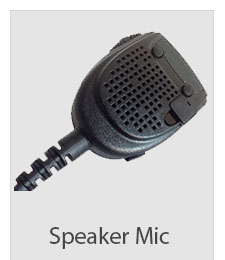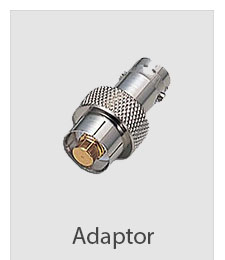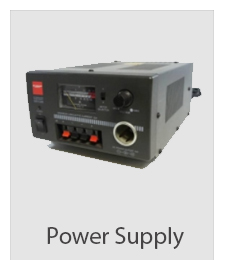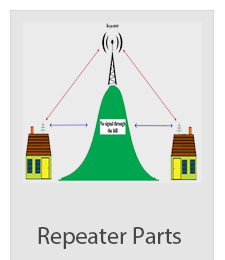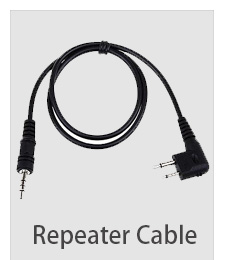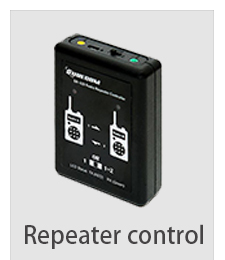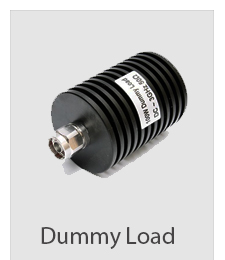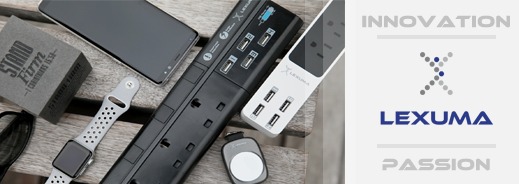DMM, Digital Multimeter
A digital multimeter or DMM is one of the most widely used pieces of test equipment today. DMMs are available very cheaply and these digital multimeters can provide very high degrees of accuracy when measuring the parameters within an electronics or electrical circuit. As a result, DMMs are one of the most indispensable pieces of test equipment available today.
Digital multimeters or DMMs can measure a variety of different parameters within an electrical circuit. The basic DMMs can measure amps, volts and ohms, as the older analogue meters did, but with the ease of incorporating further functionality into an integrated circuit, many digital multimeters are able to make a number of other measurements as well.
Many of them include functions such as frequency, continuity (with a buzzer to facilitate easy measurements when looking at the circuit board), capacitance, temperature and often a number of other measurements as well.
- Display The display on a DMM is normally easy to see and read. Most have four digits, the first of which can often only be either a 0 or 1, and there will normally be a + / - indication as well. There may also be a few other smaller indicators such as AC / DC etc dependent upon the model of DMM
- Main connections There will be some main connections for the probes to connect to. Although only two are needed at any one time, there may be three or four. Typically these may be:
- Common - for use with all measurements and this will take the negative or black lead and probe
- Volts, ohms, frequency - this connection is used for most measurements and will take the positive or red lead and probe.
- Amps and milliamps - this connection is used for the current measurements and will again take the red lead and probe.
- High current - there is often a separate connection for high current measurements. Care must be taken to use this rather than the low current connection if high levels of current are anticipated
These are typical connections for a multimeter and each model of multimeter may have its own requirements and connections.
- Main switch There will usually be a single main rotary switch to select the type of measurement to be made and the range that is needed.
- Additional connections There may be additional connections for other measurements such as temperature where a thermocouple will need its own connections. Some meters are also able to measure the gain of transistors, and these will require separate connections on the meter.
- Additional buttons and switches There will be a few additional buttons and switches. The main one will obviously be the on/off button. Other functions including items such as peak hold may also be available
https://www.409shop.com/shop.php
Telecommunications Knowledge
|







